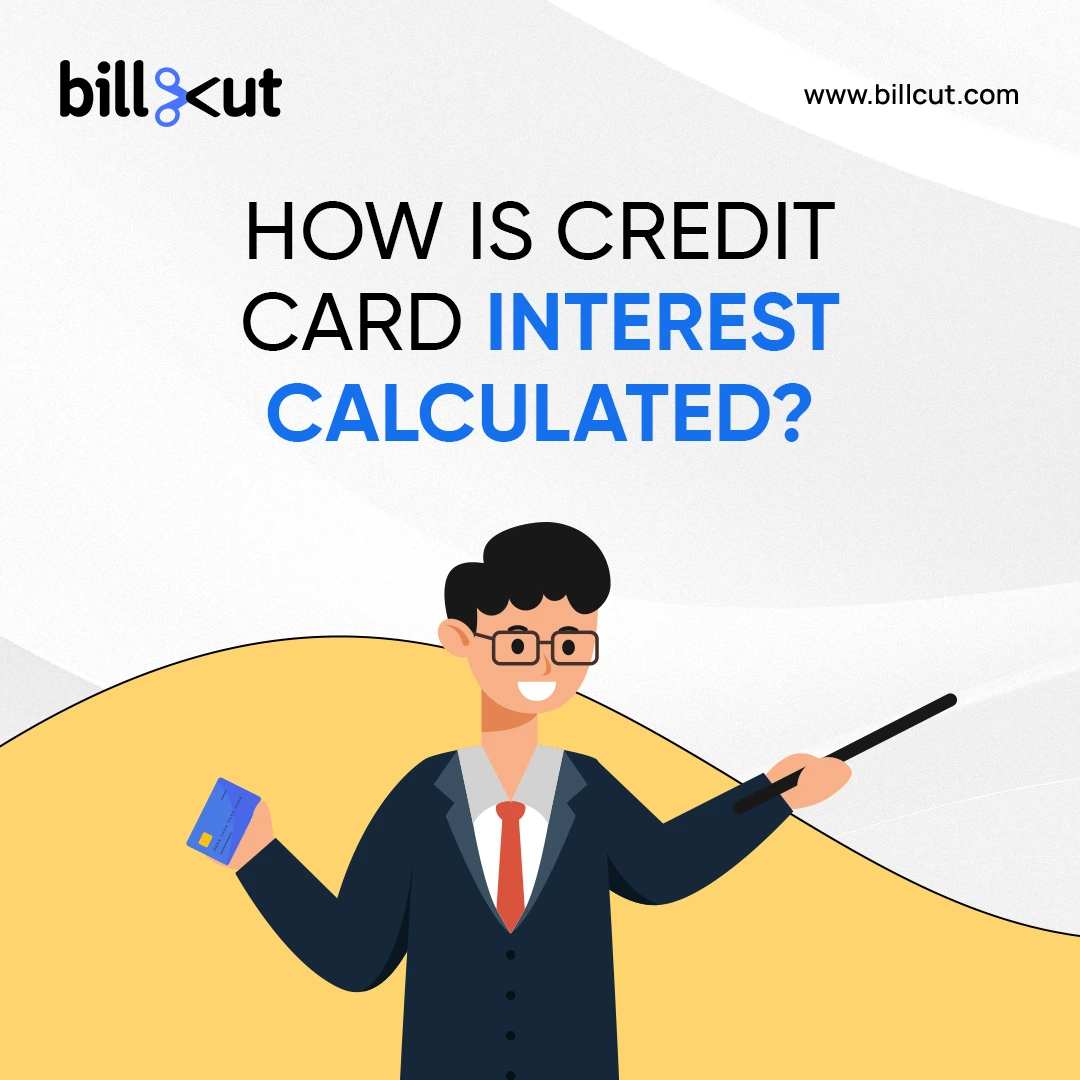Home > Blogs > Blog Detail
.webp)
April 28th, 2025 5 Mins Read
Understanding Credit Card Interest Rates in India
Credit cards offer convenience and financial flexibility, but it's crucial to understand the credit card interest rates associated with them. High-interest charges can accumulate if balances aren’t paid on time, impacting your financial health.
Index
What are Credit Card Interest Rates?
How is Credit Card Interest Calculated?
Low-Interest Credit Cards in India
Understanding the Interest-Free Period
Tips to Avoid Credit Card Interest Charges
FAQs - Answering Your Questions on Credit Card Interest Rates
What are Credit Card Interest Rates?
Credit card interest rates, also known as finance charges, are the costs applied by card issuers on outstanding balances when payments are not made in full by the due date. These rates are typically expressed as an Annual Percentage Rate (APR), representing the annualized cost of borrowing on your credit card.
Definition:APR is the annualized interest rate applied to your credit card balance if not paid in full.
In India, credit card interest rates generally range from 2.5% to 3.75% per month, translating to an APR of approximately 30% to 45%.
How is Credit Card Interest Calculated?
Credit card interest is calculated based on your outstanding balance, the APR, and the number of days in the billing cycle. The formula is:
Interest = (Outstanding Balance × Daily Interest Rate × Number of Days in Billing Cycle)
Daily Interest Rate = APR ÷ 365
Example:
For an APR of 36% on an outstanding balance of ₹10,000 for 30 days: Interest = (₹10,000 × (36 ÷ 365) × 30) ≈ ₹295.89
How does the billing cycle impact credit card interest?Your billing cycle determines the period over which interest is calculated. Carrying forward balances to the next cycle results in additional interest charges.

Low-Interest Credit Cards in India
Opting for low-interest credit cards can significantly reduce your financial burden, especially if you tend to carry a balance.
Top Low-Interest Credit Cards in India:
-
IDFC FIRST Wealth Credit Card
Interest rate: 0.75% to 3.5% per month
Annual fee: None
-
HDFC Bank MoneyBack Credit Card
Interest rate: 2.5% per month
Ideal for cashback and rewards
-
Axis Bank Burgundy Private Credit Card
Interest rate: 1.5% per month
Tailored for high-net-worth individuals
-
ICICI Platinum Chip Credit Card
Interest rate: 3.4% per month
No joining fee
- Compare cards online to find competitive rates.
- Look for promotional offers with reduced APRs for the first year.
Understanding the Interest-Free Period
-
The interest-free period on credit cards is the time during which
you are not charged interest on purchases, provided you pay the
full outstanding amount by the due date.
- Typically, this period ranges from 20 to 50 days.
- Transactions made during the interest-free period must be paid in full to avoid finance charges.
If your billing cycle ends on the 15th of the month and your due date is the 5th of the following month, purchases made on the 16th enjoy a longer interest-free period compared to those made on the 14th.
Do all credit cards offer an interest-free period?No, cash advances and certain other transactions may not be eligible for this benefit.
Tips to Avoid Credit Card Interest Charges
-
Pay Your Bill in Full:
Always pay the total outstanding amount by the due date.
-
Leverage the Interest-Free Period:
Plan purchases around your billing cycle to maximize interest-free benefits.
-
Avoid Cash Advances:
Cash withdrawals on credit cards incur interest from day one.
-
Consider a Balance Transfer:
Transfer your balance to a card with lower interest rates.
-
Pay More Than the Minimum:
Paying only the minimum leads to higher interest accumulation.

FAQ
WE'VE GOT ANSWERS
What is the difference between APR and monthly interest rates on
credit cards?
The APR is the annualized version of the monthly interest rate. For example, a 3% monthly rate equals a 36% APR.
How can I calculate the interest on my credit card?
Use the formula: Interest = (Outstanding Balance × Daily Interest Rate × Number of Days in Billing Cycle).
What is a credit card finance charge?
This is the total cost of borrowing, including interest, fees, and penalties.
How can I avoid paying interest on my credit card?
Pay your bills in full before the due date and use the interest-free period effectively.
What happens if I don’t pay my credit card bill in full?
You’ll incur interest on the unpaid balance and potentially face late payment penalties.
Are there credit cards with zero interest rates?
Some promotional offers provide a 0% interest period for a limited time, but they are not permanent.
Should I consider a balance transfer to reduce my credit card
interest burden?
Yes, balance transfers can lower your interest costs temporarily.

Conclusion
Understanding credit card interest rates and how they impact your finances is key to managing your credit cards wisely. By paying bills on time, leveraging the interest-free period, and choosing low-interest credit cards in India, you can avoid unnecessary charges and save money.
If you’re struggling with high credit card interest, consider using BillCut’s expert tools and resources to simplify your payments and take control of your finances.


